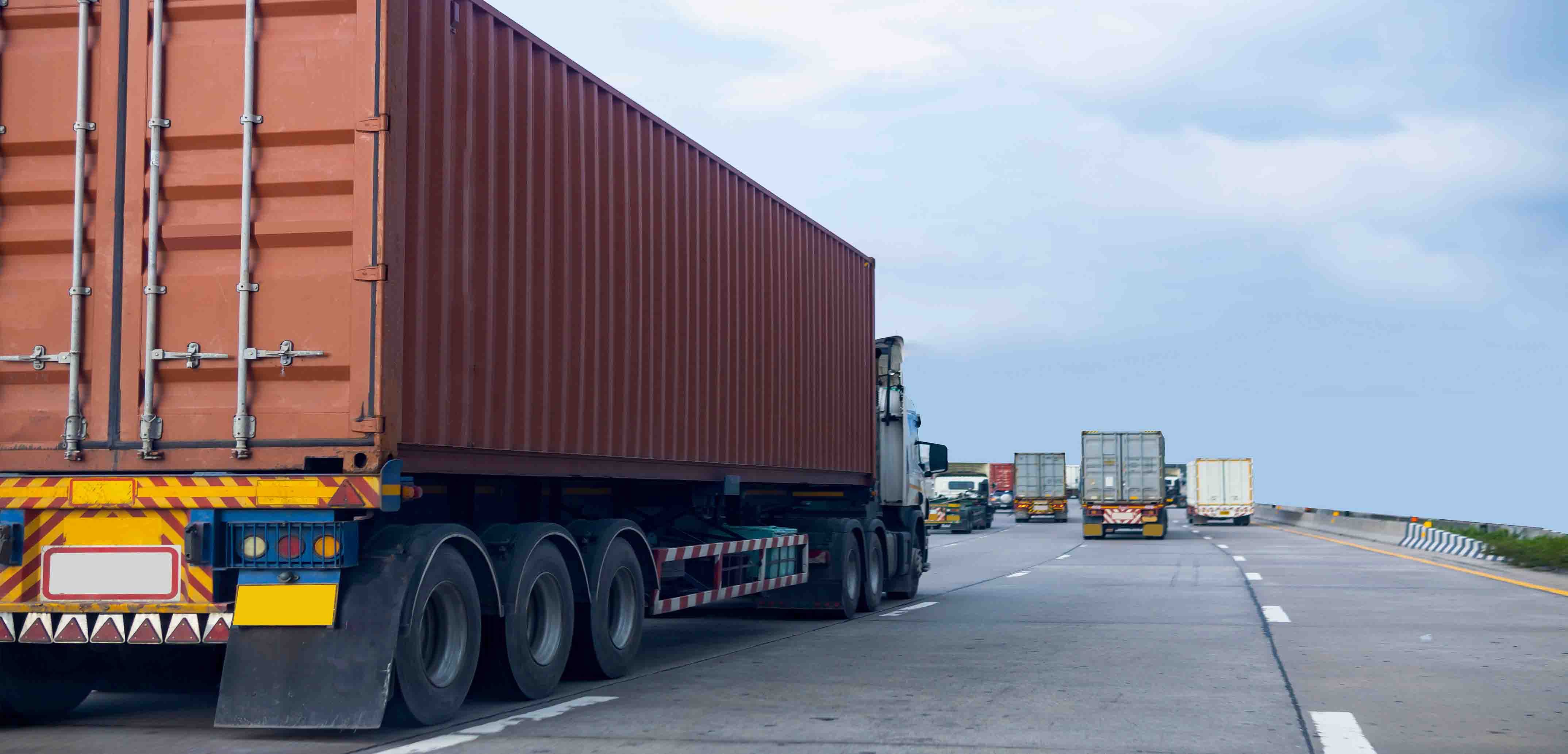
ULIP: Elevating Logistics Efficiency
ULIP: Elevating Logistics Efficiency
The logistics industry plays an important role in ensuring the seamless flow of goods and services, serving as a crucial backbone for global connectivity and economic efficiency. The government's increased investment in technology is significantly enhancing our competitive edge and further optimising the supply chain. This forward-thinking approach ensures that we stay at the forefront of technological advancements, fostering efficiency and resilience. The integration of cutting-edge technology into our operations positions us to adapt swiftly to industry changes, fortifying our position in the dynamic market landscape.
Introduced in 2022, the Unified Logistics Interface Platform (ULIP) initiative is a pivotal step toward enhancing efficiency in the logistics sector through digitalization. The initiative as part of the National Logistics Policy, serves as a catalyst for substantial growth in the logistics industry. With a focus on strategic inventory management, supply chain visibility, operational streamlining, and cost reduction, ULIP is designed to empower the nationwide logistics landscape. Its core objectives include facilitating real-time monitoring of freight and ensuring 100% data confidentiality through end-to-end encryption.
Logistics Industry Challenges Pre-ULIP
Vehicles deployed for logistics purposes grappled with persistent issues such as delays, substantial underutilization, and a prevalent occurrence of running empty. These challenges significantly impeded the overall efficiency of the transportation network. The logistics chain in India was characterised by the involvement of 2 to 3 intermediaries situated between the truck driver and the consignor. These intermediaries, in the form of brokers and agents, often levied commissions, leading to a considerable financial setback for truck owners. A substantial 15% to 20% of their revenue was lost due to these intermediary charges.
Moreover, the transport and warehousing players couldn’t adopt much of the modern technology in the past, resulting in a relatively low level of efficiency within the sector. This hampered the operational efficiency and transparency, hindering the industry's ability to keep pace with evolving demands. The logistics industry faced elevated indirect costs stemming from unpredictable supply chains and insufficient first and last-mile connectivity. The inherent challenges in these areas contributed to increased operational complexities and elevated costs, further emphasising the need for strategic interventions to streamline processes and enhance overall efficiency.
Essential APIs
The ULIP initiative seamlessly connects all stakeholders, providing real-time tracking capabilities. Developed on a foundation of 100 Application Programming Interfaces (APIs), the platform covers over 1600 fields, functioning as a responsive system that aggregates data from multi-channel sources. These APIs are instrumental in optimising logistics performance, offering end-to-end visibility, real-time tracking of in-transit operations, and fostering seamless collaboration among participants. Now, let's look into the significance of five pivotal APIs shaping the logistics sector.
Vahan & Sarathi
Vahan and Sarathi, an automation-driven application implemented nationwide in 2006, now integrates with ULIP version 4.0. This integration streamlines logistics and transport activities through smart card technology. Advantages include digital renewal of vehicle permits, saving time and money; an e-payment portal for permit renewal with downloadable permits; and easy access to information for concerned parties, enhancing operational efficiency.
FASTag
FASTag, a readable RFID tag used at toll plazas across 400 locations in India, facilitates automatic toll fee deduction, eliminating cash transactions. The FASTag API offers diverse functionalities, such as historical transaction insights, FASTag wallets for e-payments, toll fee payments for 3PL fleets, live in-transit tracking, and integration with TMS/FMS solutions.
FOIS
The Freight Operations Information System (FOIS) serves as a digital real-time platform enhancing freight efficiency and tracking via rail. Leveraging advanced technologies, FOIS fosters online collaboration, provides live freight visibility, and offers business insights into current inventory consignments and route status. It reduces manual dependence on data acquisition and ensures authentic information retrieval.
ICEGATE
The Indian Customs Electronic Data Interchange Gateway (ICEGATE) API, conceived as an infrastructure project, empowers supply chains with digital data sharing and electronic communication. Catering to lakhs of exporters/importers, it utilises the latest custom EDI tools to transmit information across custom departments, facilitating digital services like online filling of Bill of Entry and Shipping bills.
Final Thoughts
The transformation brought about by the single-window logistics platform has significantly altered the landscape of the transport and warehousing industry, addressing historical fragmentation and disorganisation. By centralising and streamlining logistics processes, the platform has emerged as a pivotal solution, saving both time and costs for participants. This not only enhances operational efficiency but also contributes significantly to the overarching goal of fostering the country's self-reliance in logistics and supply chain management.
Moreover, the unprecedented changes ushered in by the ULIP extend beyond domestic implications. In the global context, India presents an array of opportunities for international logistics providers and investors. The infrastructure and digital advancements facilitated by ULIP position the nation as a key player in the evolving logistics landscape. As businesses increasingly look toward India for their logistical needs, ULIP stands poised to revolutionise the industry further, acting as a catalyst for sustained growth and efficiency on both national and global fronts. The positive ripple effects of ULIP are anticipated to shape the logistics sector's trajectory, fostering innovation, collaboration, and heightened competitiveness.